Alkaline vegan diet plan: How do I start alkaline vegan diet?
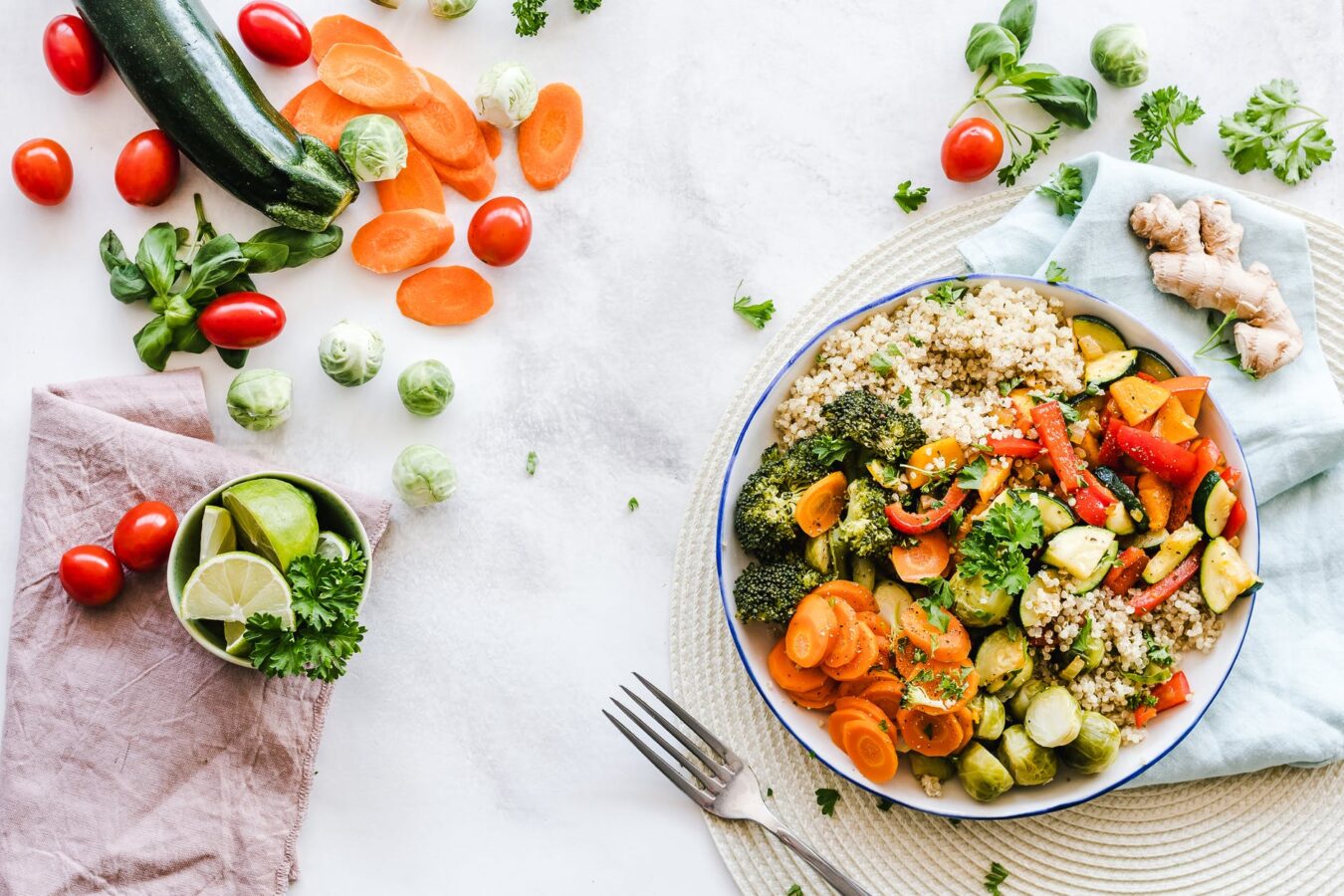
In our previous articles, we informed you about veganism, vegan and vegetarian diets, and shared with you some delicious vegan recipes. Today, we would like to share with you important information about the alkaline vegan diet.
Contents

In recent years, veganism and plant-based diets have exploded in popularity. Although veganism is not a new concept in India, where it has been practiced for thousands of years, it is new to Western society, where the conventional food pyramid includes both meat and dairy products as essential components of a healthy diet. The great health benefits of a plant-based diet have become more generally acknowledged and addressed in mainstream media, documentaries, and celebrity and athlete support as a result of studies. Veganism has a sizable following as a result of these considerations.
When you delve deeper into the realm of veganism, you’ll notice that there are a variety of vegan sects with which you might identify. There is something for everyone, from raw vegan to fruitarian. The alkaline vegan diet plan is the one we’ll be talking about today.
What is the alkaline diet?
Before we start to talk about the alkaline vegan diet, we have to understand what alkaline is and what alkaline foods are. What is alkaline?
This is a term that describes the state of an environment or solution that is alkali in nature and whose pH is greater than 7. Alkaline metals are those that generate simple positive ions (+2) in water to create hydrides, resulting in a pH greater than 7. As a result, any alkaline solution can be made from any basic element in this category that dissolves in water. They are the most reactive compounds in the periodic table and are generally found as salts or oxides. Composite minerals, in general, contain an alkaline material.
What are alkaline foods? Top 9!
Alkaline good, sour bad? It cannot be expressed in general terms in this way. A balanced diet is a combination of good acidic and alkaline foods. Here you can find out which ones you should not do without.

If an organism tends to become acidic, the body counteracts this. A diet based on alkaline-forming foods provides the organism with easily absorbable minerals, nutrients, and vital substances. It doesn’t have to be expensive or complicated. Choose around 70 – 80 percent of your entire diet from the alkaline area! Below is a small list of the top 9 extremely valuable elements of each food group.
1. Fruit – Grapes, pineapples, nectarines
2. Vegetables – carrots, sweet potatoes, raw tomatoes
3. Herbs – basil, peppermint, cinnamon
4. Drinks – water (with and without lemon juice), homemade smoothies, herbal tea
5. Mushrooms – button mushrooms, oyster mushrooms, shiitake
6. Salads – dandelion, lettuce, watercress
7. Nuts – Almonds, chestnuts, walnuts
8. Sprouts – Alfalfa sprouts, mongoose sprouts, radish sprouts
9. Sprouts – spelled sprouts, barley sprouts, wheat sprouts
These foods are to be avoided
Meat, fish, and seafood from conventional farming have a negative effect on an alkaline diet. This also applies to sausage products, ham, and meat broth. Dairy products promote acid formation in the body. They are also on the exclusion list. The only exceptions are butter, ghee (purified butter), and organic cream. Finished products, gluten-containing and grain products made from white flour also remain on the supermarket shelf – as do sugar and sweeteners, soy products, and ice cream. Avoid carbonated drinks, alcohol, coffee, tea (except herbal tea), and ready and soft drinks! These foods stimulate strong acid formation when they are metabolized.
Add these foods to your alkaline diet
Nevertheless, good acidity belongs on the plate because they only have a slightly “sour” effect on the organism – small amounts of animal products from organic production, pseudo-cereals such as quinoa and amaranth, bulgur, and couscous made from spelt, Corn, high-quality cocoa and homemade chocolate, brown rice, and organic tofu. For drinks, choose manageable amounts of green tea, rice, oat, and soy drinks.
How do I start an alkaline vegan diet?
Step 1:
Adequate fluid intake with still water and unsweetened tea is not only the top priority for an alkaline-excess diet, but should be observed with every diet. All metabolic processes can only function optimally if there is enough liquid in our organism.
Blood as a body fluid has a pH of 7.36 and is therefore slightly alkaline. All of your body’s functions come down to keeping this value in balance. If this does not work due to too many acids, serious illnesses can result.
Depending on body size and physical activity, but also for long days at the desk and especially in warmer temperatures, two to three liters of water per day are a good guideline.
Step 2:
Our mothers were right! Whether spinach, salads, cucumbers, or cabbage vegetables such as broccoli, kale, and Brussels sprouts, whether cooked, raw or steamed – vegetables are and will remain an all-rounder! That’s why you should always give a new chance to vegetables that you didn’t like before.
Two hands carefully hold green lettuce in their hands. All vegetables, including starchy root vegetables (carrots, (sweet) potatoes, beetroot) consist largely of fiber and easily digestible carbohydrates. Thanks to their starch, they are filling side dishes and perfectly round off a wholesome plant-based meal with other vegetables and legumes.
Step 3:
When starting an alkaline vegan diet, it is important that you like what you eat. Because otherwise, you won’t stick with this diet for long. Convince yourself: Healthy can be delicious and has nothing to do with sacrifice. You will only avoid unhealthy foods with a high proportion of sugar, refined flour, fats, and too much protein.
Our body, but especially our taste buds, need a few days to get used to the natural food. Help them! Sweet fruits such as berries, stone fruit, apples, and bananas can perfectly satisfy the desire for sweets. The fruits not only have a strong basic PRAL value but also have a consistently positive effect on our organism with their antioxidants and vitamins. The cell-protecting properties of the plant substances and their vitamin and mineral content can regulate our cravings.
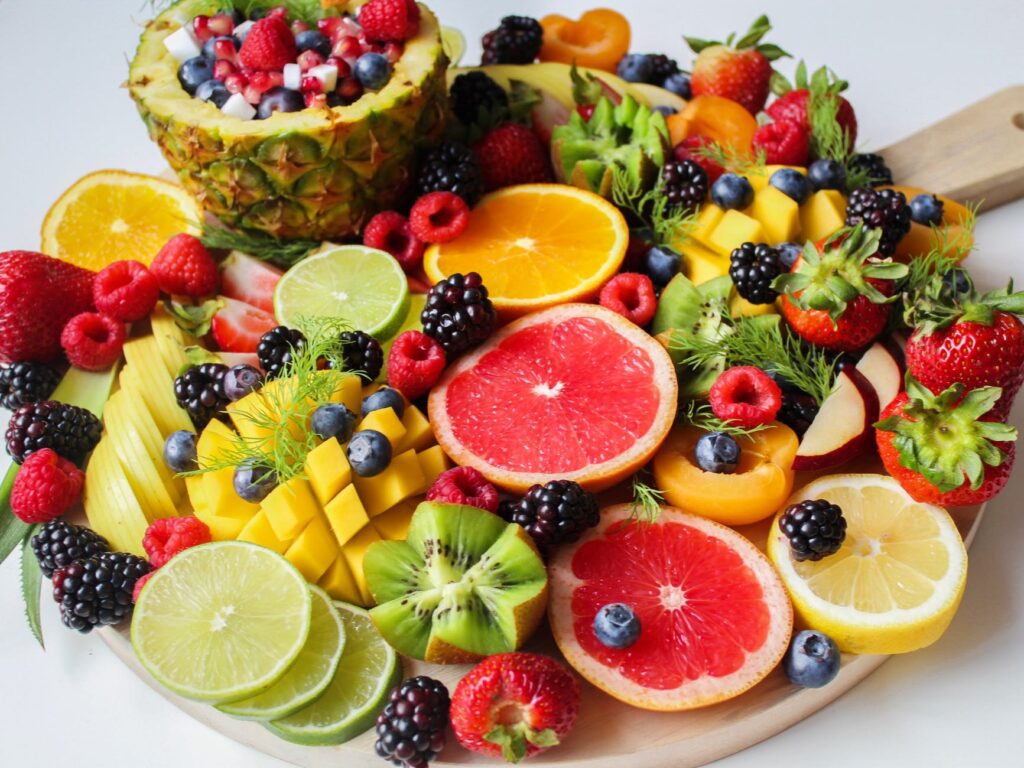
Step 4:
Although most types of grain are metabolized in an acidic way and tend to be less suitable for an alkaline-excessive diet, you can integrate whole grain products in moderation without hesitation. After all, an alkaline vegan diet is not about not consuming any acidifiers at all.
Step 5:
Foods that are particularly acidic include highly processed convenience foods and products of animal origin. This includes all sausage and meat products, fish, eggs, and dairy products.
They contain (too) much protein and saturated fat. Their sulfur-containing amino acids cysteine and methionine are also unhealthy for our organism. If we consume these products in large quantities, inflammatory diseases can occur. To counteract hyperacidity, the body tries to balance the acids with minerals. Magnesium, calcium, and potassium are supposed to regulate the acid-base balance again.
Check out our other articles about veganism and vegetarianism:
Sources:
REWE
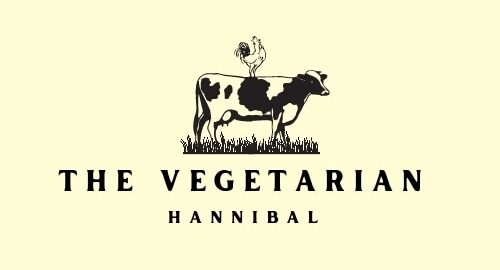
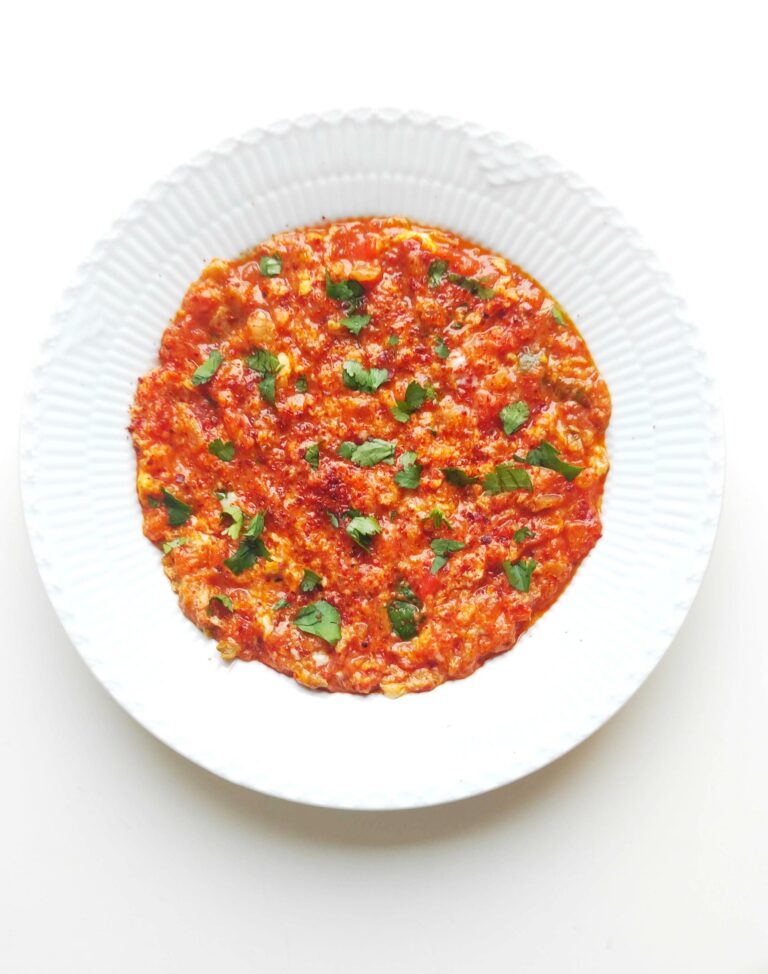

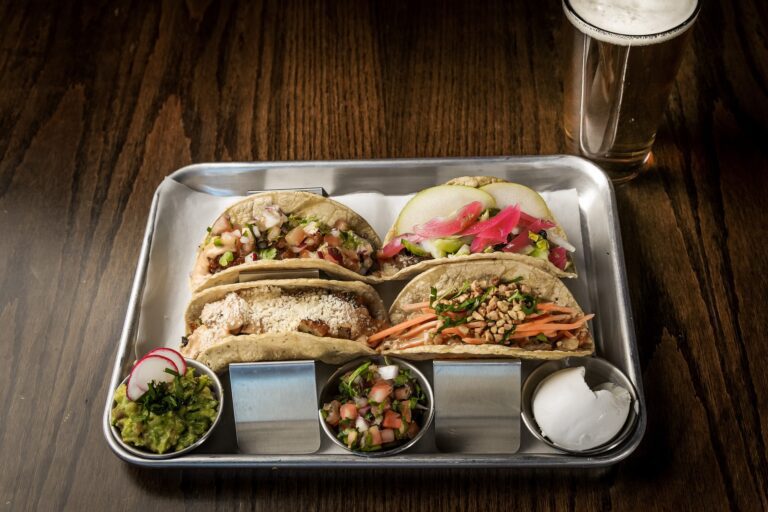

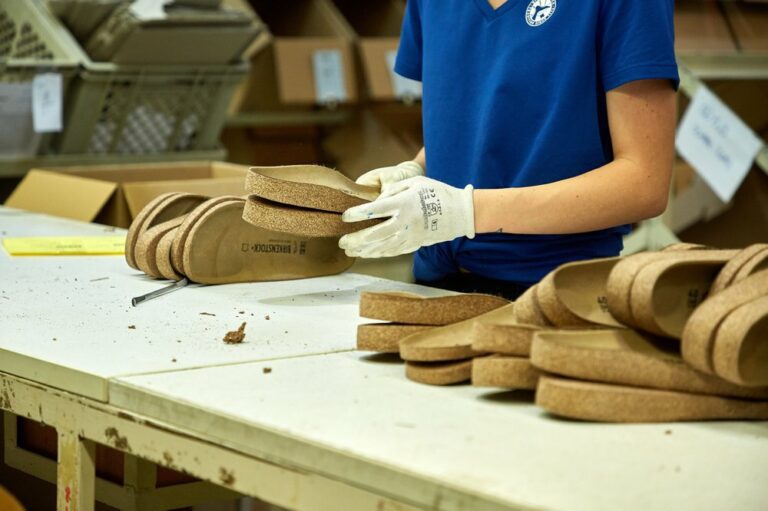


Finally! Thank you very much for the detailled information. I have been serching these information for months. Your post is the best. I could find all the answers I was looking for:)
Thank you Melinda. I am glad to hear you like the article.